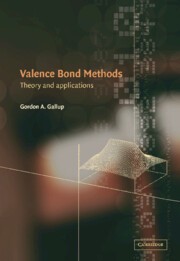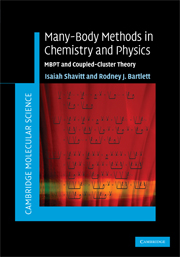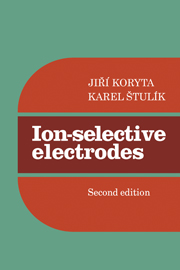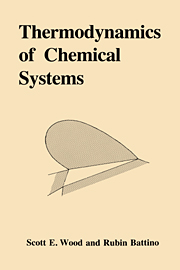Valence Bond Methods
Valence bond theory is one of two commonly used methods in molecular quantum mechanics, the other is molecular orbital theory. This book focuses on the first of these methods, ab initio valence bond theory. The book is split into two parts. Part I gives simple examples of two-electron calculations and the necessary theory to extend these to larger systems. Part II gives a set of case studies of related molecule sets designed to show the nature of the valence bond description of molecular structure. It also highlights the stability of this description to varying basis sets. There are references to the CRUNCH computer program for molecular structure calculations which is currently available in the public domain. The book will be of primary interest to researchers and students working on electronic theory and computation in chemistry and chemical physics.
- Contains a series of example results showing the effect of basis choice
- Accompanying website giving access to the CRUNCH program
- Suggests ideas for further investigations using the CRUNCH program
Product details
October 2005Paperback
9780521021272
256 pages
244 × 190 × 14 mm
0.414kg
46 b/w illus. 103 tables
Available
Table of Contents
- Preface
- Part I. Theory and Two-Electron Systems:
- 1. Introduction
- 2. H2 and localised orbitals
- 3. H2 and delocalised orbitals
- 4. Three electrons in doublet states
- 5. Advanced methods for larger molecules
- 6. Spatial symmetry
- 7. Varieties of valence bond treatments
- 8. The physics of ionic structures
- Part II. Examples and Interpretations:
- 9. Selection of structures and arrangement of bases
- 10. Four simple three-electron systems
- 11. Second row homonuclear diatomics
- 12. Second row heteronuclear diatomics
- 13. Methane, ethane and hybridization
- 14. Rings of hydrogen atoms
- 15. Aromatic compounds
- 16. Interaction of molecular fragments
- Appendix
- Bibliography.






